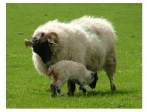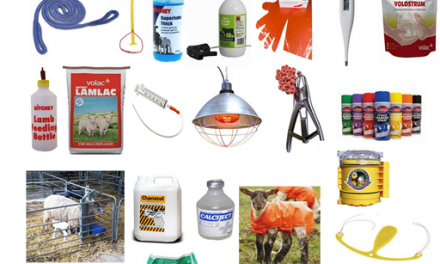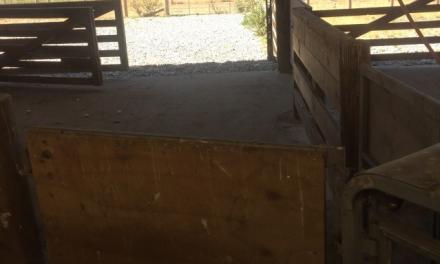This post is also available in:
![]()
![]()
![]()
![]()
![]()
Rotational Grazing Systems (establishment and management)
Solution name: Rotational Grazing Systems (establishment and management)
Aim: To demonstrate how to set up and manage rotational grazing systems
Description:
- Set stocking or continuous grazing systems are commonly operated on many sheep farms; sheep graze the same grassland area throughout the grazing season
- Rotational grazing systems involve dividing the grassland area into a number of paddocks, which are then grazed, fertilised and rested in turn. Higher levels of herbage utilisation can be achieved
Rotational grazing systems facilitate:
- more control on grazing management
- surplus grass to be harvested in times of excess production
- the production of high feed value silage
- creep grazing with lambs later in season
- a more targeted fertiliser programme
Topic: Nutrition and Management
Production: Dairy / Meat
Animal Category: Adult / Lamb / Replacement
Issue:Grazing and grassland management
Level of Solution: Knowledge, Practical
Country: Ireland

How to implement it
- A simple 5 paddock rotational grazing system should be used which can also be split temporarily as required to provide up to 10 divisions per grazing group.
- Aim to graze a paddock in 3 days and rest for approximately 21 days in mid-season.
- Calculate ideal paddock size based on 3 days grazing per group e.g. suggested paddock size per 100 ewes = 2ha but plan to temporarily divide into two 1 ha divisions for main grazing season.
- Permanent fences can consist of sheep net wire topped with an electric or barbed wire strand, or 5 strands of electrified high tensile wire.
Temporary fencing options include
-
- plastic posts with 3-4 strands of polywire or tape on reels/geared reels
- smartfence; plastic posts and geared reel with 4 wires included
- electric sheep netting
- If a mains electric supply is not available then battery fencers or solar fencers can be used. Note the battery output and what area/length of fencing it will cover.
- Water troughs should be strategically placed between paddocks, if some paddocks do not have a water supply then temporary options such as water tanks/barrels/IBC can be used.
Expected benefits
Higher grass production, increased sward quality and high feed value silage produced, all of which increase animal performance and can reduce feed costs.
Cost Benefit analysis
Despite the initial materials cost of establishing a paddock system, the benefits include improved herbage utilisation, management strategies and the opportunity to conserve high feed value forage for the winter period.
Sustainability analysis
Establishing a rotational grazing system improves feed and grazing efficiency (utilisation of herbage) and increases animal output. Feed self-sufficiency also increases due to improved opportunities for the production of winter forage. There is a positive impact on emissions as the grazing season length can be increased from a rotational grazing system, reducing housing time for animals over the winter period. There are greater emissions associated with manure excreted indoors. Higher growth rates from lambs will reduce days to slaughter, which ultimately reduces animal related emissions. There is a slight negative impact from materials used due to the initial investment in fencing.
Use of a rotational grazing system creates a better working environment for grazing management and a better farmer image.
Prerequisites and/or limits
- Need to invest in fencing, gates and water troughs for this system
- Need to know when sheep need to be moved and when grass should be grazed
Information Source / Usefull links
- Setting up https://www.teagasc.ie/media/website/publications/2018/Sheep-grazing-infrastructure-guide.pdf
- Advantages https://www.teagasc.ie/news–events/daily/sheep/advantages-of-rotational-grazing-systems-for-sheep.php
- Fencing options https://www.youtube.com/watch?v=-sJzo4gGQ0U
- Rotational grazing https://www.youtube.com/watch?v=xc9fdk2q6d4






